How is place of birth information adjusted if there is a change?
Regarding the issue of transferring and synchronizing documents after the arrangement of administrative units, the whole country still has 34 provinces and cities, Colonel Vu Van Tan - Director of the Department of Administrative Management of Social Order Police ( Ministry of Public Security ) said: "People are not required to re-issue citizen identification cards after merging administrative units, except in cases where it is required to re-issue".
According to Colonel Vu Van Tan, in cases where the certificate has expired or needs to be reissued, the information will be updated according to the new administrative unit. For example, a person whose old place of birth is in commune/ward-province/city A, if the administrative unit is adjusted to a different name, when reissuing the certificate, the competent authority will adjust it to the new commune/ward-province/city in the same location.
"For the convenience of the people, the authorities are currently advising on issuing and exchanging ID cards for people in need on the public service portal. People will not need to go directly to the police station," said Colonel Vu Van Tan.
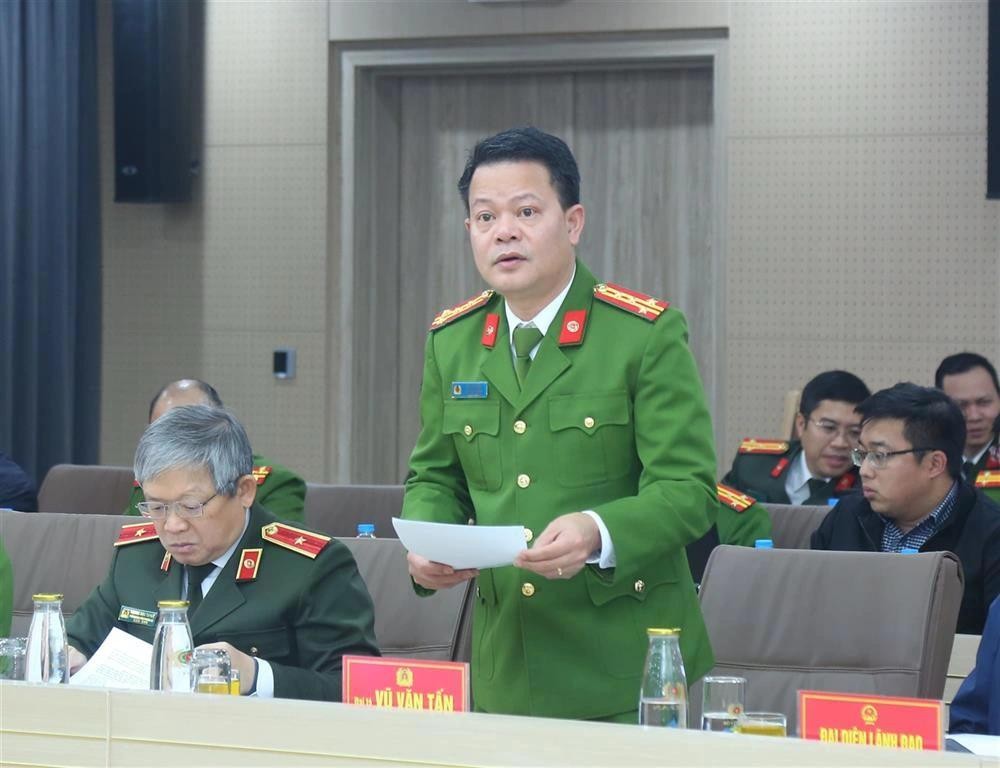
Colonel Vu Van Tan - Director of the Department of Administrative Police for Social Order (Ministry of Public Security).
Accordingly, the authorities will update population data and be ready to issue and reissue ID cards to citizens after a new resolution is issued. The process will be convenient and uninterrupted. After a decision is made to adjust administrative boundaries, the change information will be updated on the VNeID application. However, to facilitate personal transactions, the Ministry of Public Security encourages people to issue, reissue, or reissue citizen identification cards after mergers and changes in administrative boundaries. Citizens will be exempted from fees when issuing and reissuing.
Previously, Vice Chairman of the National Assembly Nguyen Khac Dinh said: "Resolution 76 of the National Assembly Standing Committee on the arrangement of provincial and commune-level administrative units in 2025 and Resolution 190 of the National Assembly issued at the 9th extraordinary session have very specific regulations. People and businesses can completely rest assured to use the issued documents until the expiration date. If there is a wish to reissue documents at a new address, State management agencies will support with simple administrative procedures and no fees."
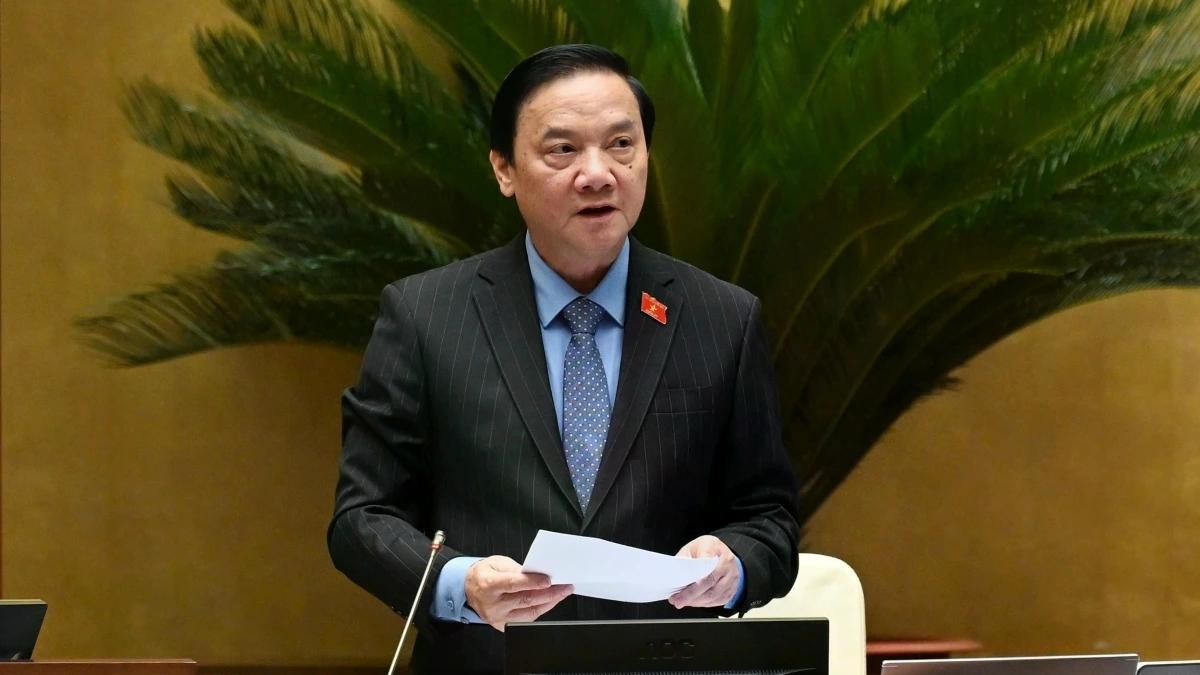
Vice Chairman of the National Assembly Nguyen Khac Dinh chaired the discussion session.
Previously, on the morning of June 12, the National Assembly passed a Resolution on the arrangement of provincial-level administrative units in 2025. The Resolution takes effect from the date of its approval.
Since the effective date of this Resolution, the country has 34 provincial-level administrative units, including 28 provinces and 6 cities; of which 19 provinces and 4 cities were formed after the arrangement stipulated in this Resolution and 11 provinces and cities that did not implement the arrangement are: Cao Bang, Dien Bien, Ha Tinh, Lai Chau, Lang Son, Nghe An, Quang Ninh, Thanh Hoa, Son La and Hanoi city, Hue city.
Competent authorities shall promptly carry out necessary preparations to ensure that local governments in provinces and cities formed after the reorganization officially operate from July 1, 2025. Local governments in provinces and cities previously reorganized shall continue to operate until local governments in provinces and cities formed after the reorganization officially operate.
According to Article 10 of Resolution No. 190/2025/QH15, documents and papers that have been issued or granted by competent agencies or positions before the reorganization of the state apparatus and have not expired or have not expired shall continue to be applied and used in accordance with the provisions of law until they expire or are amended, supplemented, replaced, abolished, cancelled or revoked by the agency or position taking over the functions, tasks and powers or the competent agency or person. In addition, organizations and individuals shall not be required to carry out procedures to issue or replace documents that have been issued by competent agencies or positions before the reorganization of the state apparatus when these documents have not expired, unless otherwise provided by law.
Arrangement of provincial administrative units in 2025
1. Arrange the entire natural area and population size of Ha Giang province and Tuyen Quang province into a new province called Tuyen Quang province. After the arrangement, Tuyen Quang province has a natural area of 13,795.50 km 2 and a population size of 1,865,270 people.
Tuyen Quang province borders Cao Bang, Lao Cai, Phu Tho, Thai Nguyen provinces and the People's Republic of China.
2. Arrange the entire natural area and population size of Yen Bai province and Lao Cai province into a new province called Lao Cai province. After the arrangement, Lao Cai province has a natural area of 13,256.92 km 2 and a population size of 1,778,785 people.
Lao Cai province borders Lai Chau, Phu Tho, Son La, Tuyen Quang provinces and the People's Republic of China.
3. Arrange the entire natural area and population size of Bac Kan province and Thai Nguyen province into a new province called Thai Nguyen province. After the arrangement, Thai Nguyen province has a natural area of 8,375.21 km 2 and a population size of 1,799,489 people.
Thai Nguyen province borders Bac Ninh, Cao Bang, Lang Son, Phu Tho, Tuyen Quang provinces and Hanoi city.
4. Arrange the entire natural area and population of Vinh Phuc province, Hoa Binh province and Phu Tho province into a new province called Phu Tho province. After the arrangement, Phu Tho province has a natural area of 9,361.38 km² and a population of 4,022,638 people.
Phu Tho province borders Lao Cai, Ninh Binh, Son La, Thai Nguyen, Thanh Hoa, Tuyen Quang provinces and Hanoi city.
5. Arrange the entire natural area and population size of Bac Giang and Bac Ninh provinces into a new province called Bac Ninh. After the arrangement, Bac Ninh province has a natural area of 4,718.6 km2 and a population size of 3,619,433 people.
Bac Ninh province borders Hung Yen, Lang Son, Quang Ninh, Thai Nguyen provinces, Hai Phong city and Hanoi city.
6. Arrange the entire natural area and population size of Thai Binh province and Hung Yen province into a new province called Hung Yen province. After the arrangement, Hung Yen province has a natural area of 2,514.81 km 2 and a population size of 3,567,943 people.
Hung Yen province borders Bac Ninh province, Ninh Binh province, Hanoi city, Hai Phong city and the East Sea.
7. Arrange the entire natural area and population of Hai Phong city and Hai Duong province into a new city called Hai Phong city. After the arrangement, Hai Phong city has a natural area of 3,194.72 km 2 and a population of 4,664,124 people.
Hai Phong city borders the provinces of Bac Ninh, Hung Yen, Quang Ninh and the East Sea.
8. Arrange the entire natural area and population of Ha Nam province, Nam Dinh province and Ninh Binh province into a new province called Ninh Binh province. After the arrangement, Ninh Binh province has a natural area of 3,942.62 km 2 and a population of 4,412,264 people.
Ninh Binh province borders Hung Yen, Phu Tho, Thanh Hoa provinces, Hanoi city and the East Sea.
9. Arrange the entire natural area and population of Quang Binh and Quang Tri provinces into a new province called Quang Tri province. After the arrangement, Quang Tri province has a natural area of 12,700 km 2 and a population of 1,870,845 people.
Quang Tri province borders Ha Tinh province, Hue city, Lao People's Democratic Republic and the East Sea.
10. Arrange the entire natural area and population size of Da Nang city and Quang Nam province into a new city called Da Nang city. After arrangement, Da Nang city has a natural area of 11,859.59 km 2 and a population size of 3,065,628 people.
Da Nang city borders Quang Ngai province, Hue city, Lao People's Democratic Republic and the East Sea.
11. Arrange the entire natural area and population size of Kon Tum province and Quang Ngai province into a new province called Quang Ngai province. After the arrangement, Quang Ngai province has a natural area of 14,832.55 km 2 and a population size of 2,161,755 people.
Quang Ngai province borders Gia Lai province, Da Nang city, Lao People's Democratic Republic, Kingdom of Cambodia and the East Sea.
12. Arrange the entire natural area and population size of Binh Dinh province and Gia Lai province into a new province called Gia Lai province. After the arrangement, Gia Lai province has a natural area of 21,576.53 km 2 and a population size of 3,583,693 people.
Gia Lai province borders Dak Lak province, Quang Ngai province, the Kingdom of Cambodia and the East Sea.
13. Arrange the entire natural area and population size of Ninh Thuan province and Khanh Hoa province into a new province called Khanh Hoa province. After the arrangement, Khanh Hoa province has a natural area of 8,555.86 km 2 and a population size of 2,243,554 people.
Khanh Hoa province borders Dak Lak province, Lam Dong province and the East Sea.
14. Arrange the entire natural area and population size of Dak Nong province, Binh Thuan province and Lam Dong province into a new province called Lam Dong province. After the arrangement, Lam Dong province has a natural area of 24,233.07 km 2 and a population size of 3,872,999 people.
Lam Dong province borders Dak Lak, Dong Nai, Khanh Hoa provinces, Ho Chi Minh City, the Kingdom of Cambodia and the East Sea.
15. Arrange the entire natural area and population size of Phu Yen province and Dak Lak province into a new province called Dak Lak province. After the arrangement, Dak Lak province has a natural area of 18,096.40 km 2 and a population size of 3,346,853 people.
Dak Lak province borders Gia Lai, Khanh Hoa, Lam Dong provinces, the Kingdom of Cambodia and the East Sea.
16. Arrange the entire natural area and population size of Ho Chi Minh City, Ba Ria - Vung Tau province and Binh Duong province into a new city called Ho Chi Minh City. After arrangement, Ho Chi Minh City has a natural area of 6,772.59 km 2 and a population of 14,002,598 people.
Ho Chi Minh City borders the provinces of Dong Nai, Dong Thap, Lam Dong, Tay Ninh and the East Sea.
17. Arrange the entire natural area and population size of Binh Phuoc province and Dong Nai province into a new province called Dong Nai province. After the arrangement, Dong Nai province has a natural area of 12,737.18 km 2 and a population size of 4,491,408 people.
Dong Nai province borders Lam Dong province, Tay Ninh province, Ho Chi Minh City and the Kingdom of Cambodia.
18. Arrange the entire natural area and population size of Long An province and Tay Ninh province into a new province called Tay Ninh province. After the arrangement, Tay Ninh province has a natural area of 8,536.44 km 2 and a population size of 3,254,170 people.
Tay Ninh province borders Dong Nai province, Dong Thap province, Ho Chi Minh City and the Kingdom of Cambodia.
19. Arrange the entire natural area and population size of Can Tho city, Soc Trang province and Hau Giang province into a new city called Can Tho city. After arrangement, Can Tho city has a natural area of 6,360.83 km 2 and a population of 4,199,824 people.
Can Tho city borders the provinces of An Giang, Dong Thap, Ca Mau, Vinh Long and the East Sea.
20. Arrange the entire natural area and population size of Ben Tre province, Tra Vinh province and Vinh Long province into a new province called Vinh Long province. After the arrangement, Vinh Long province has a natural area of 6,296.20 km 2 and a population size of 4,257,581 people.
Vinh Long province borders Dong Thap province, Can Tho city and the East Sea.
21. Arrange the entire natural area and population size of Tien Giang province and Dong Thap province into a new province called Dong Thap province. After the arrangement, Dong Thap province has a natural area of 5,938.64 km 2 and a population size of 4,370,046 people.
Dong Thap province borders An Giang, Tay Ninh, Vinh Long provinces, Can Tho city, Ho Chi Minh city, the Kingdom of Cambodia and the East Sea.
22. Arrange the entire natural area and population size of Bac Lieu province and Ca Mau province into a new province called Ca Mau province. After the arrangement, Ca Mau province has a natural area of 7,942.39 km 2 and a population size of 2,606,672 people.
Ca Mau province borders An Giang province, Can Tho city and the East Sea.
23. Arrange the entire natural area and population size of Kien Giang province and An Giang province into a new province called An Giang province. After the arrangement, An Giang province has a natural area of 9,888.91 km 2 and a population size of 4,952,238 people.
An Giang province borders Ca Mau province, Dong Thap province, Can Tho city, the Kingdom of Cambodia and the East Sea.
Source: https://baolaocai.vn/thong-tin-trong-can-cuoc-dieu-chinh-ra-sao-khi-sap-xep-con-34-tinh-thanh-post403558.html


![[Photo] Da Nang: Hundreds of people join hands to clean up a vital tourist route after storm No. 13](https://vphoto.vietnam.vn/thumb/1200x675/vietnam/resource/IMAGE/2025/11/07/1762491638903_image-3-1353-jpg.webp)






















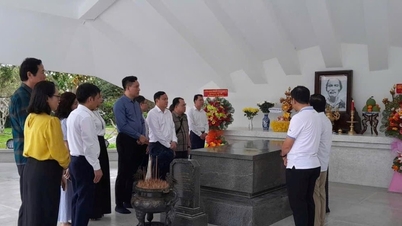






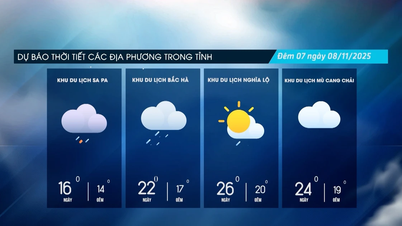



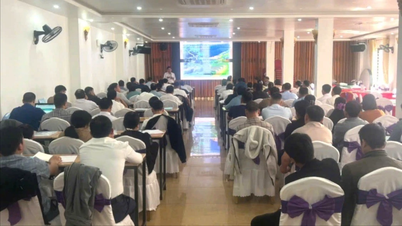



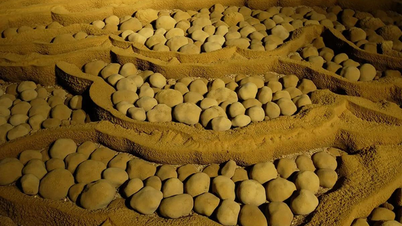

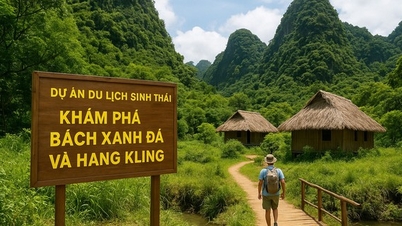



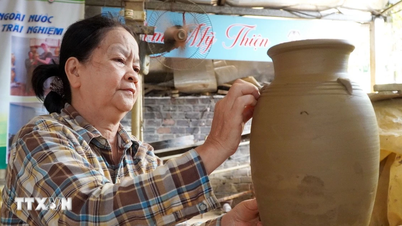




















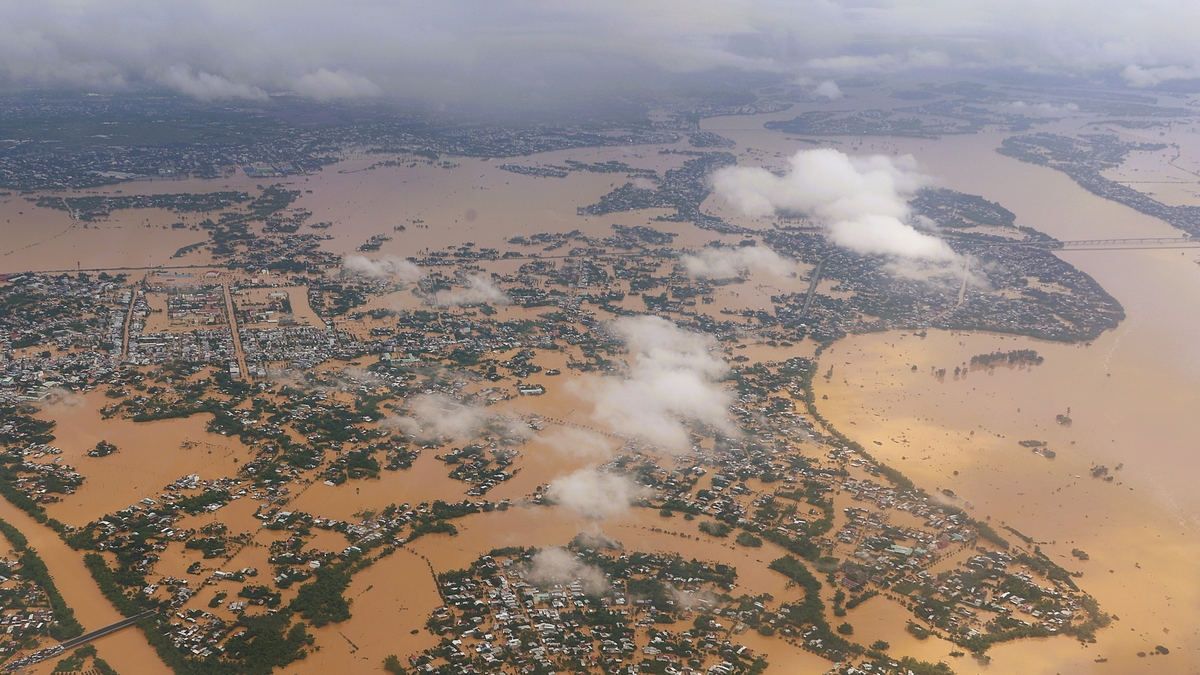



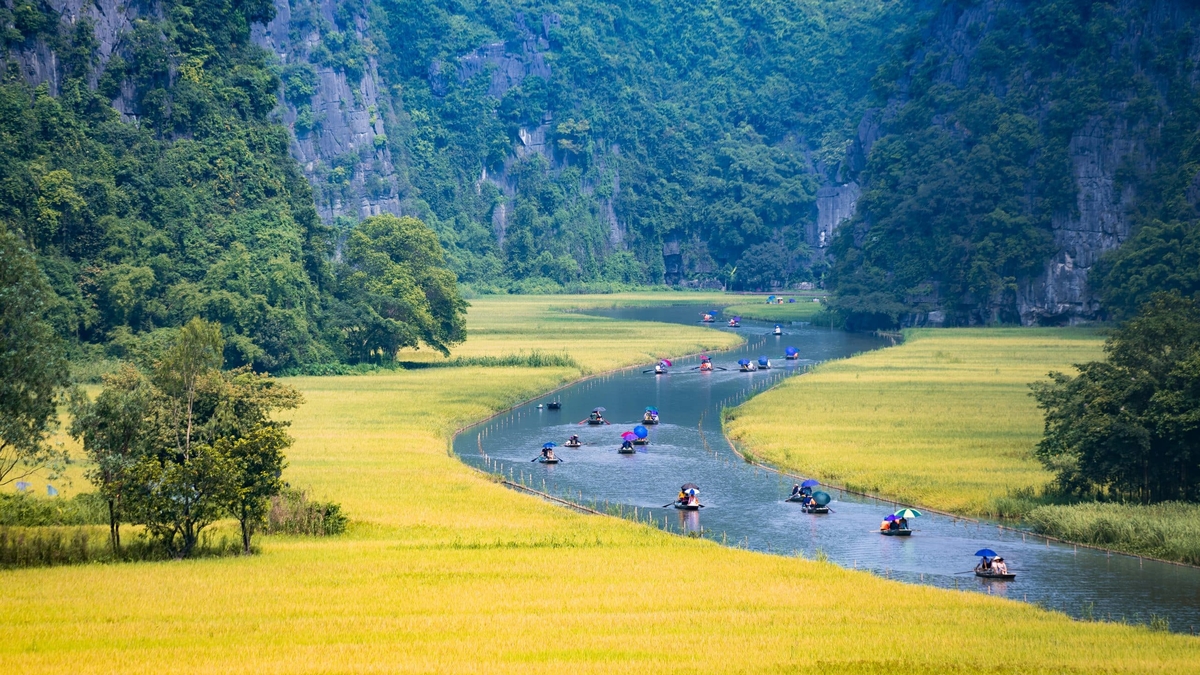
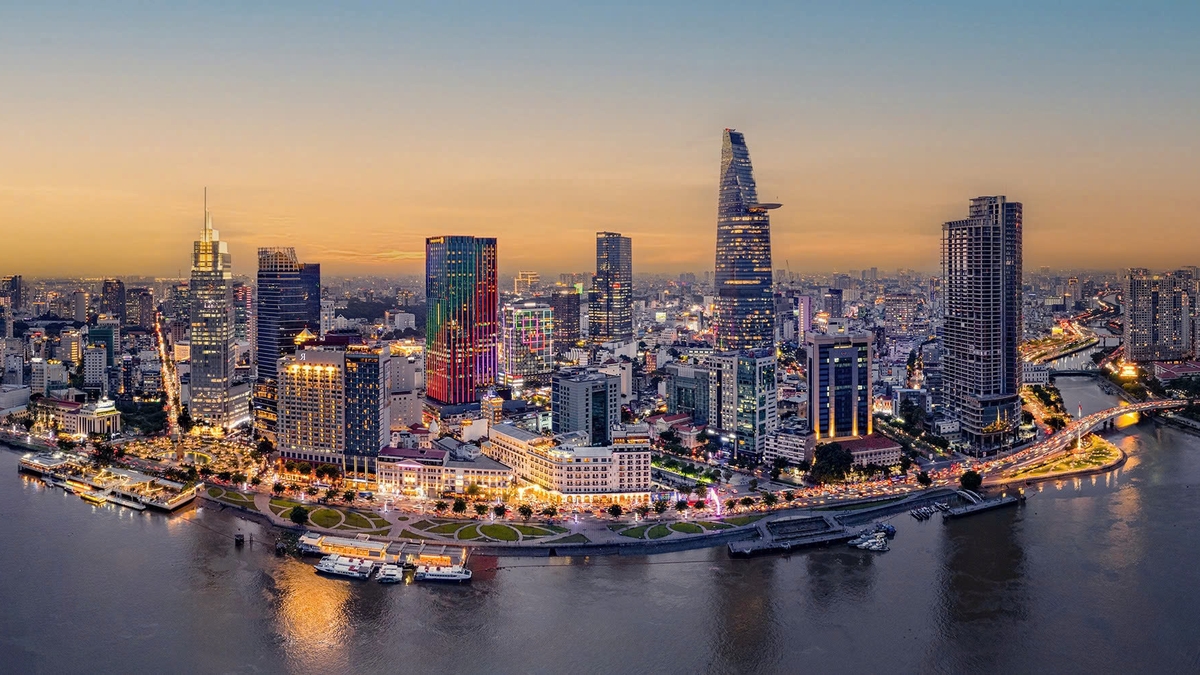
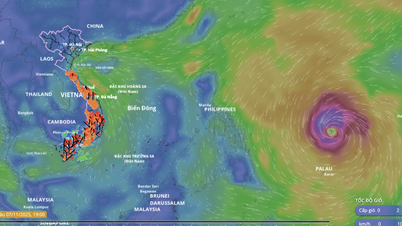











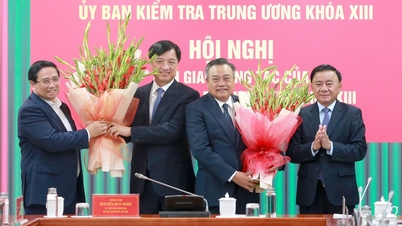





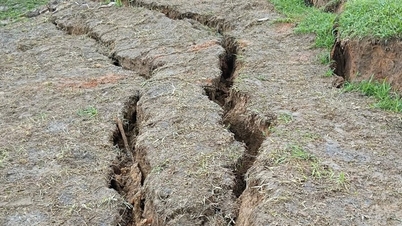
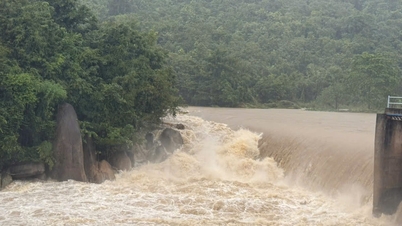
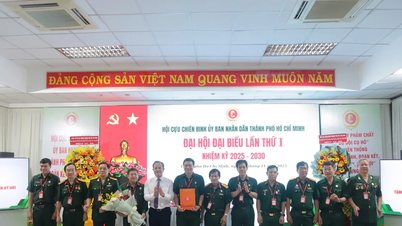
















Comment (0)